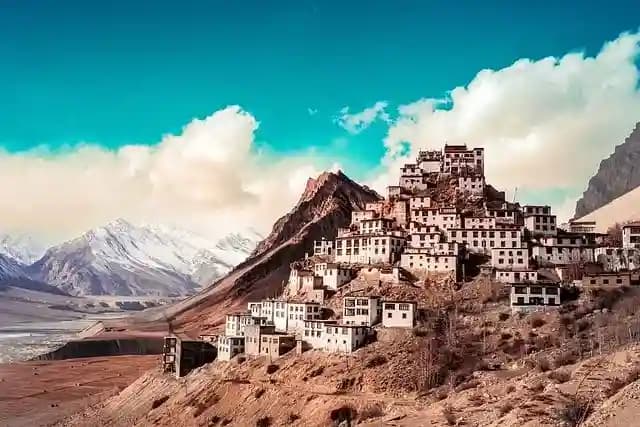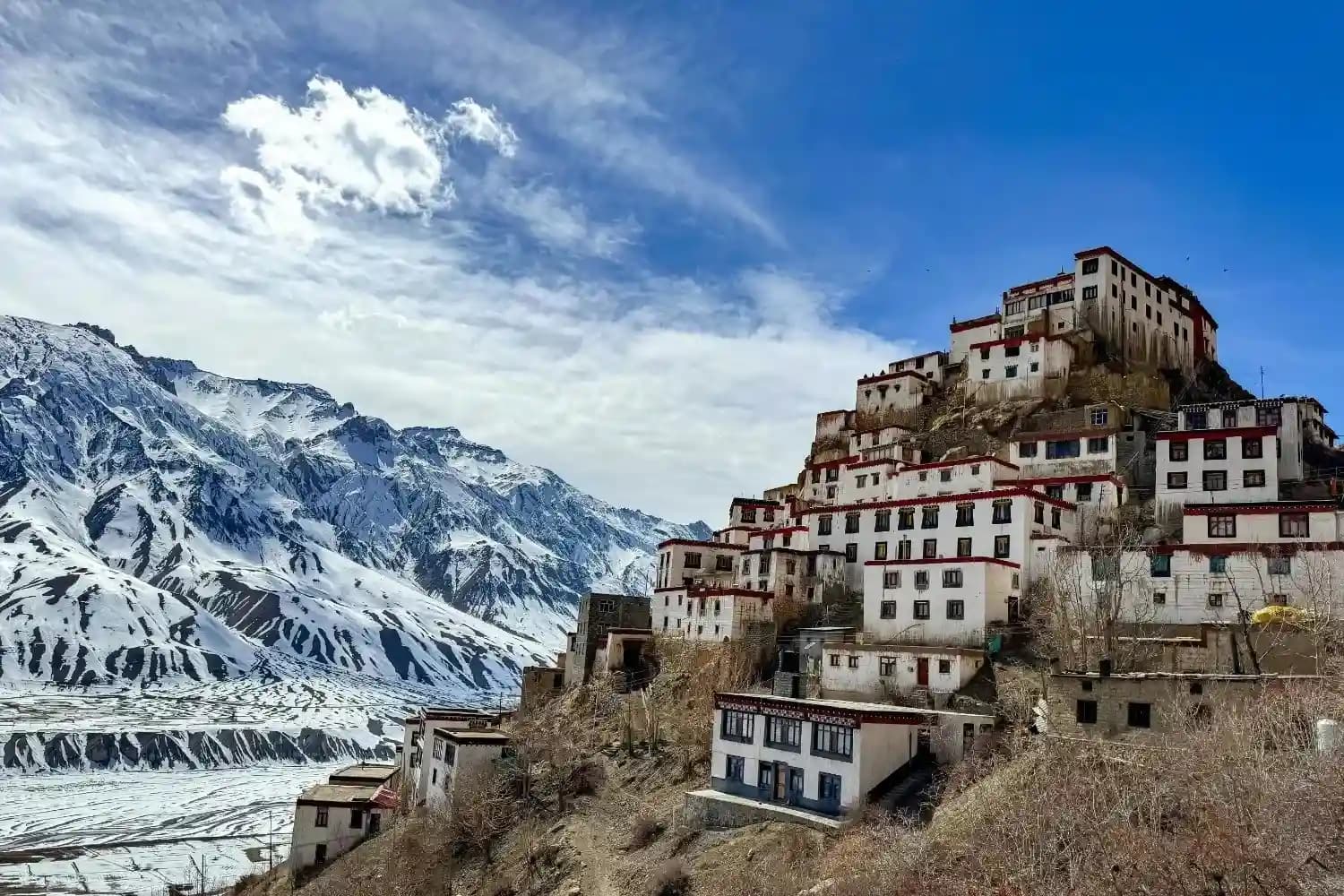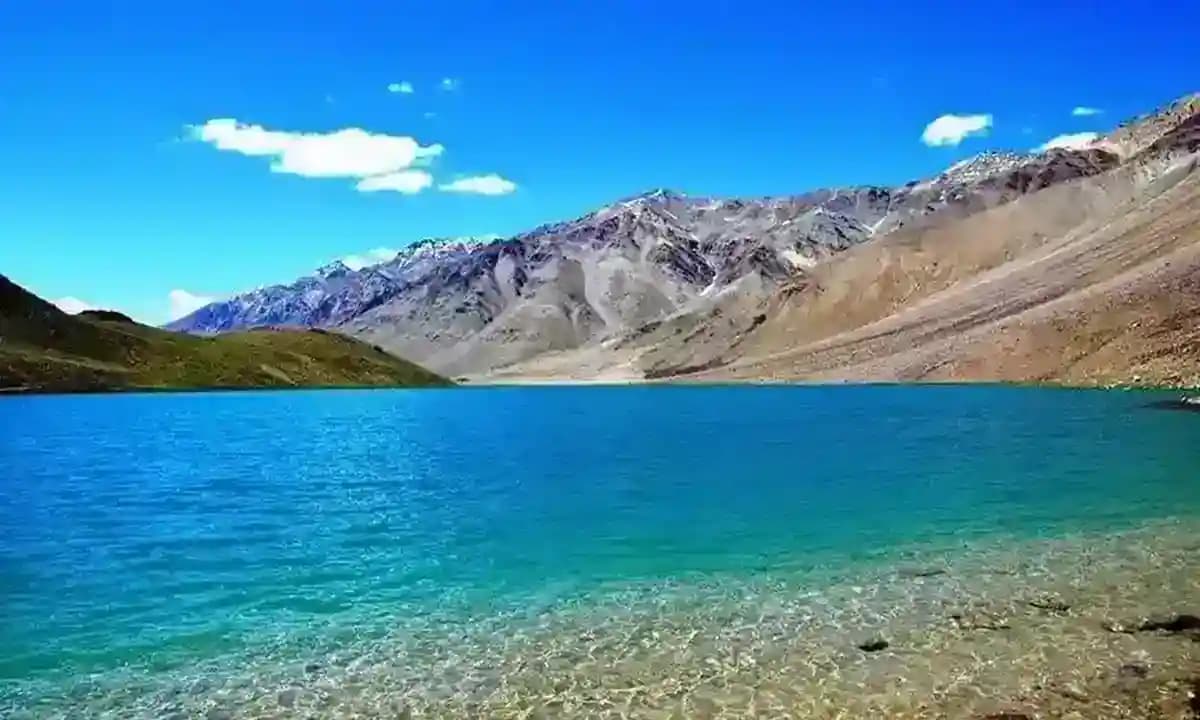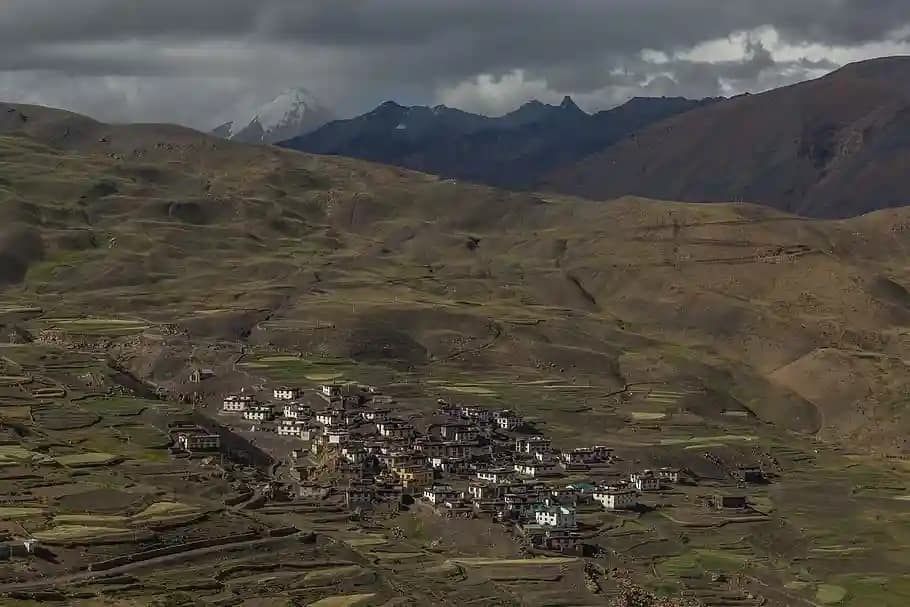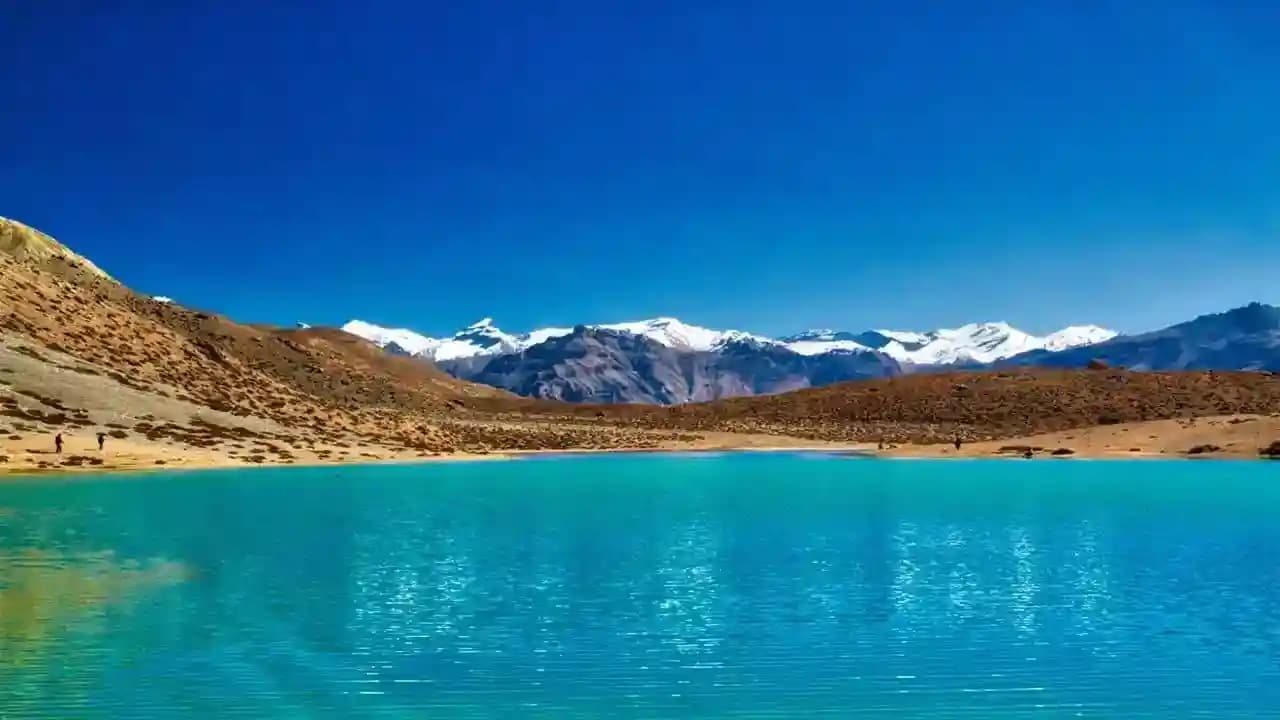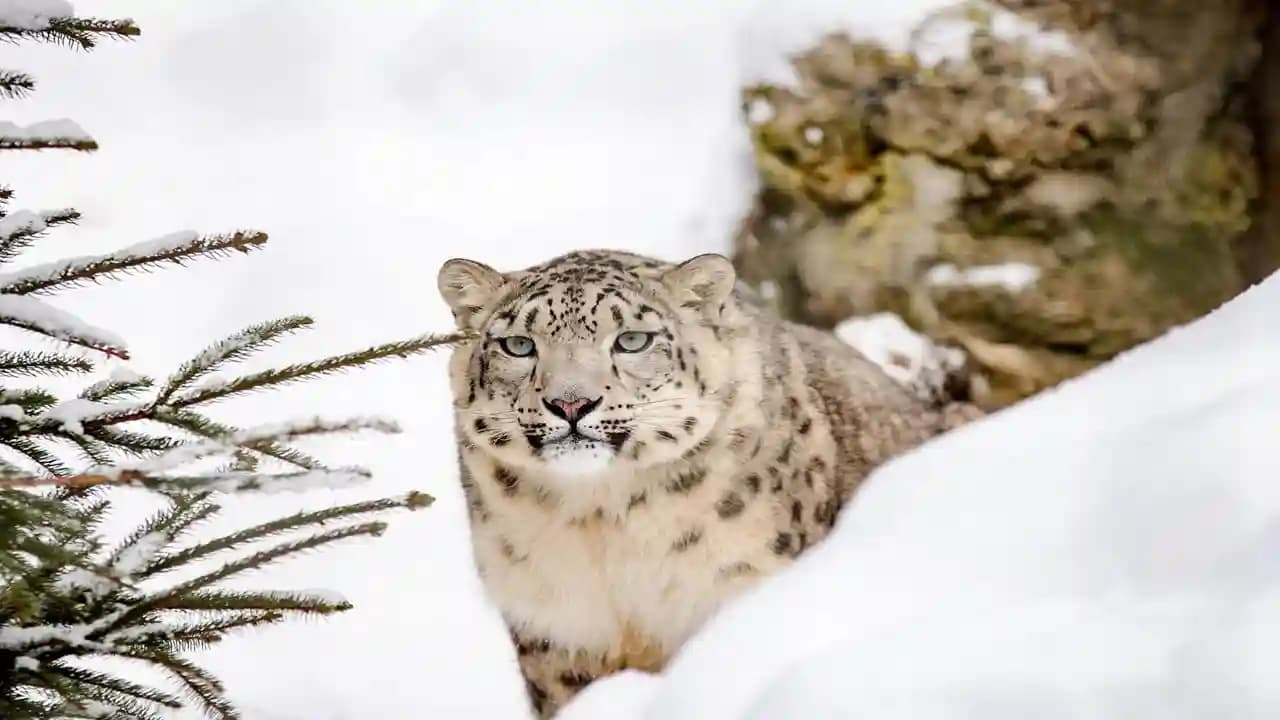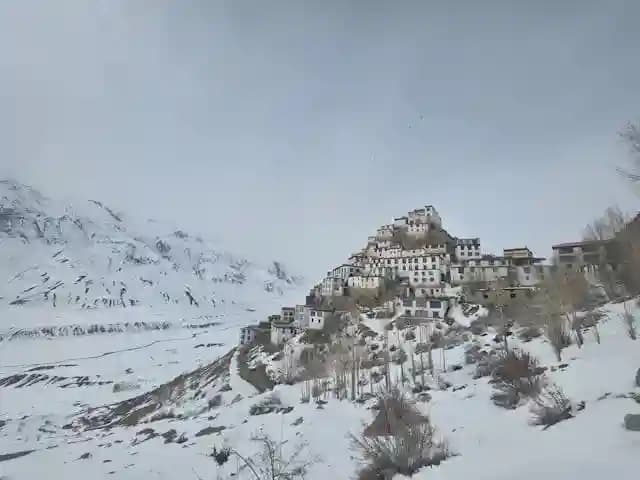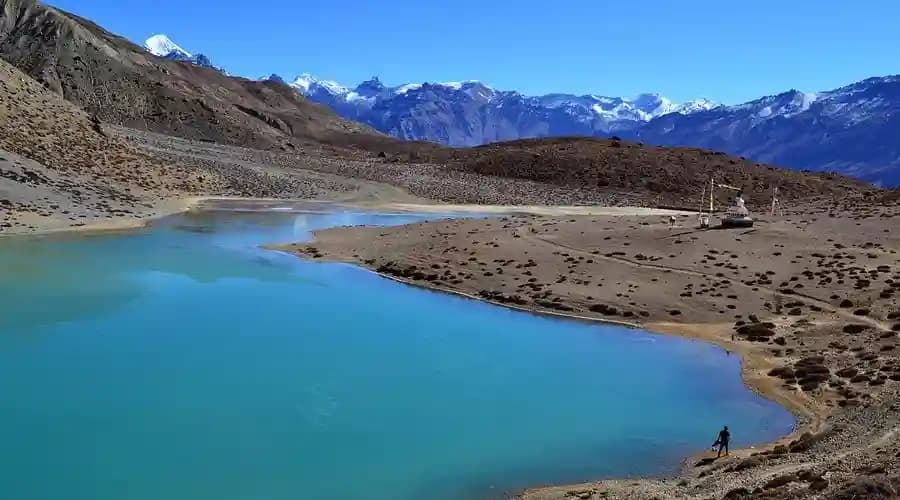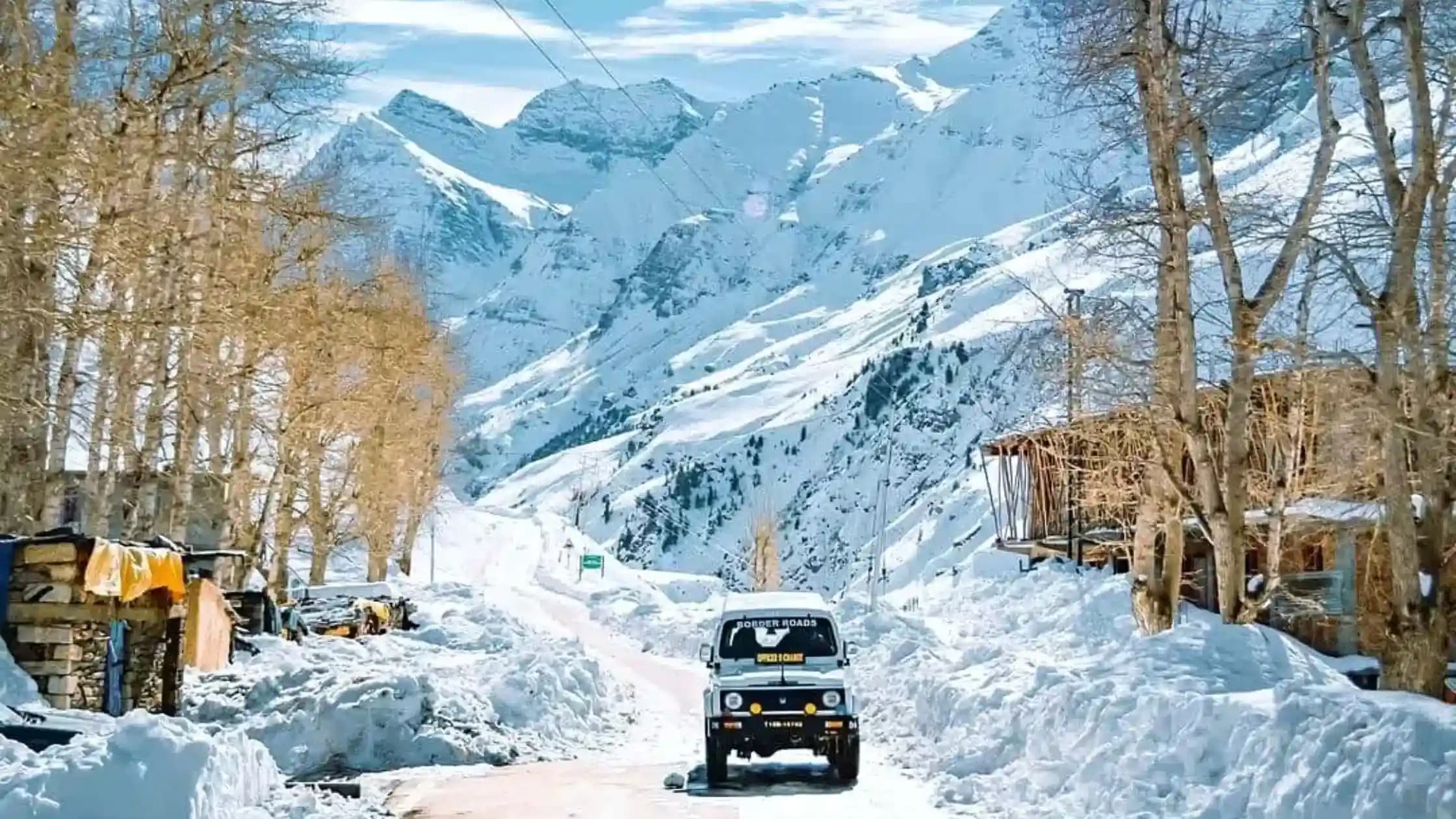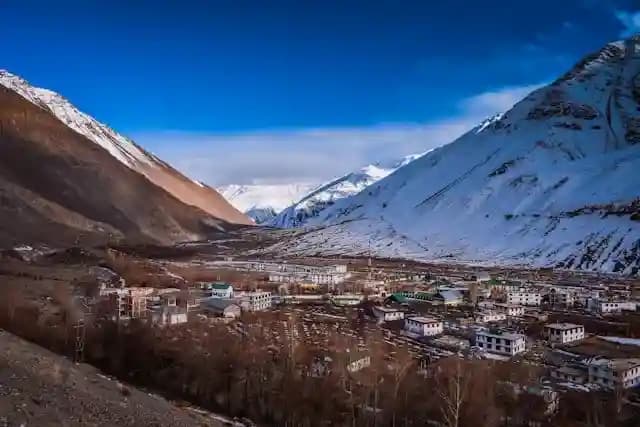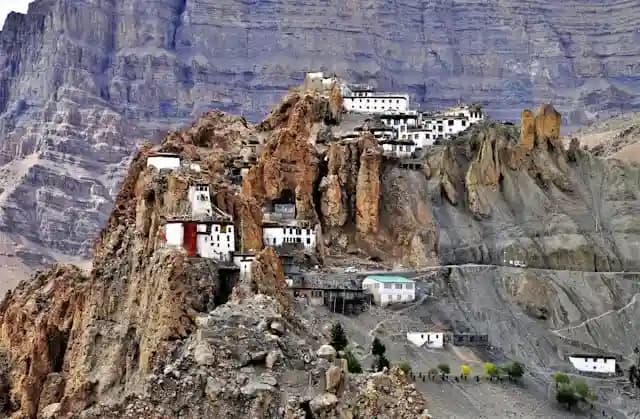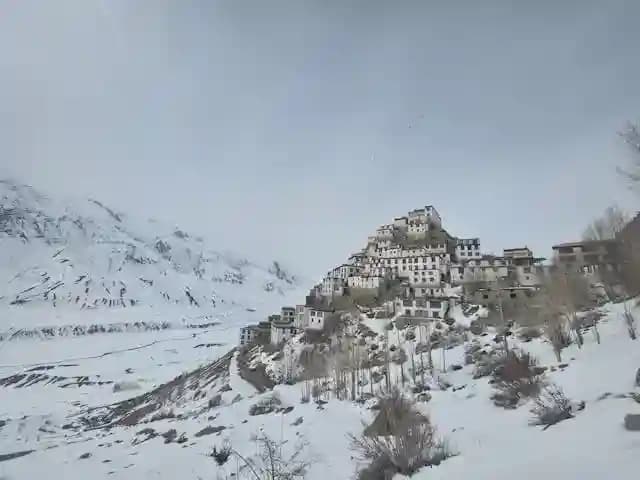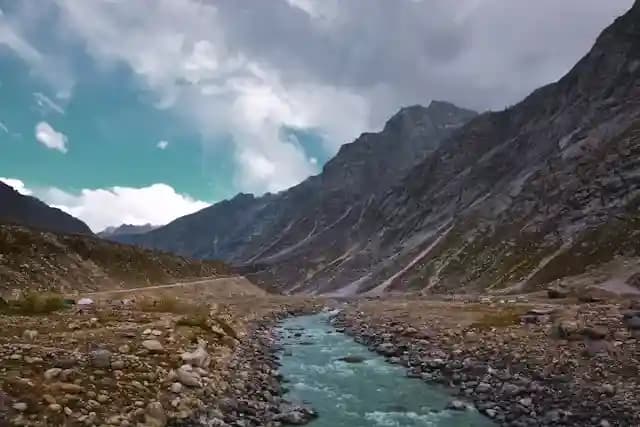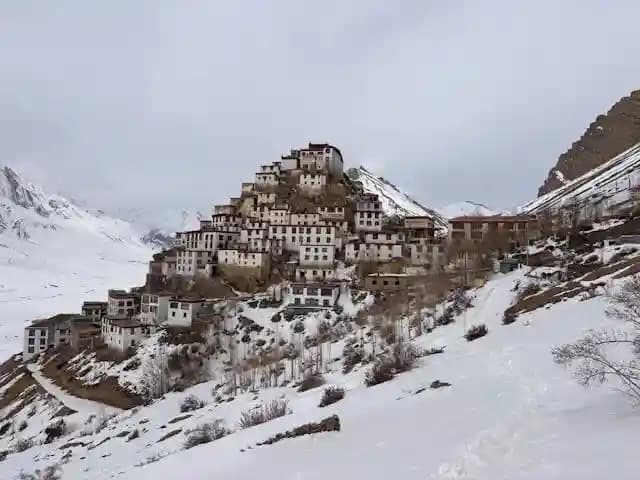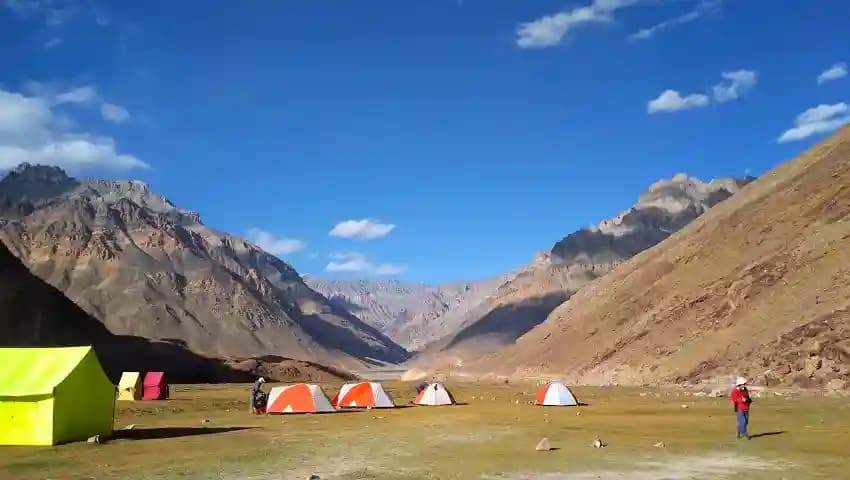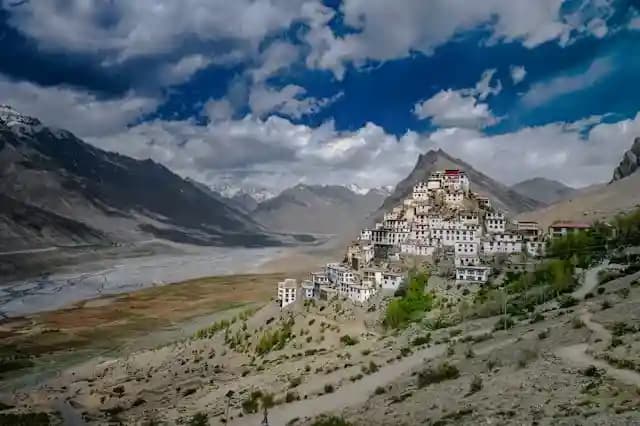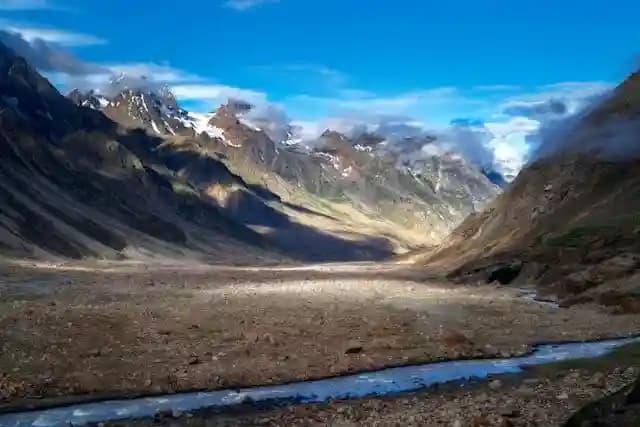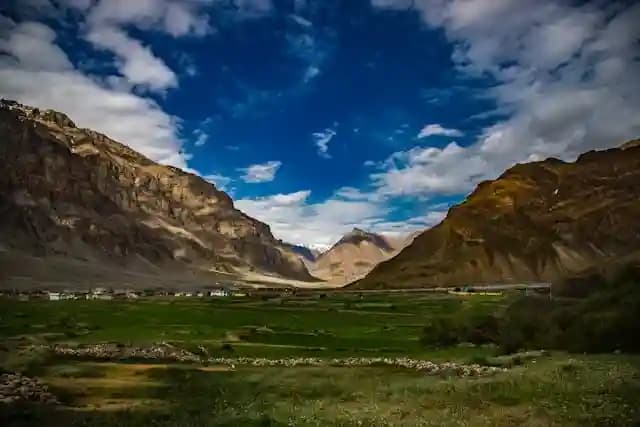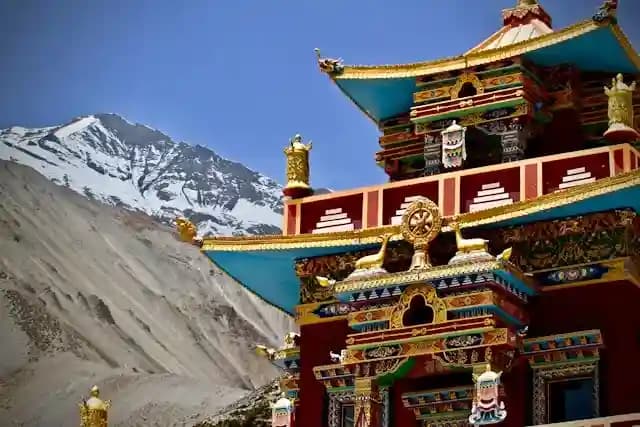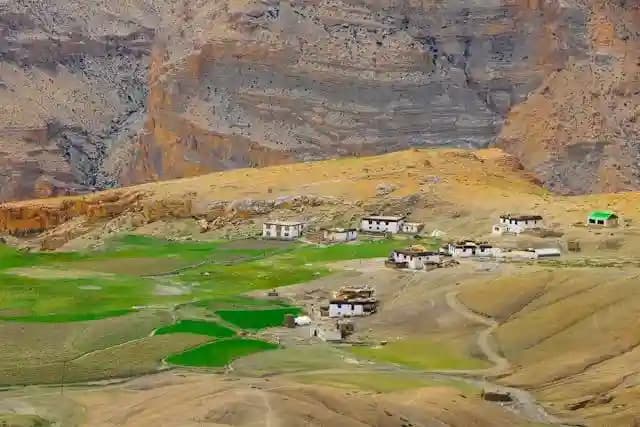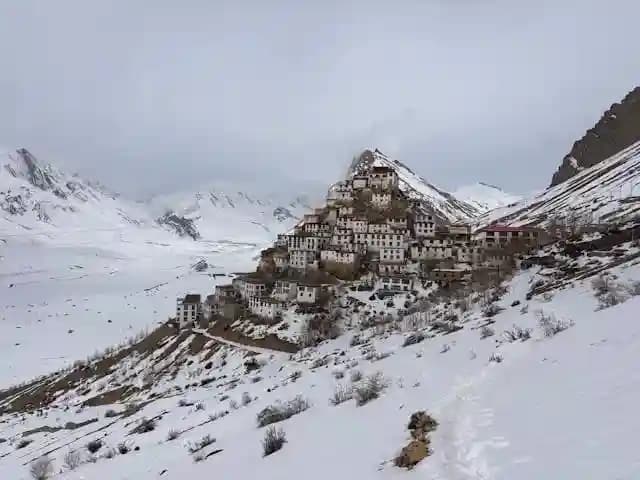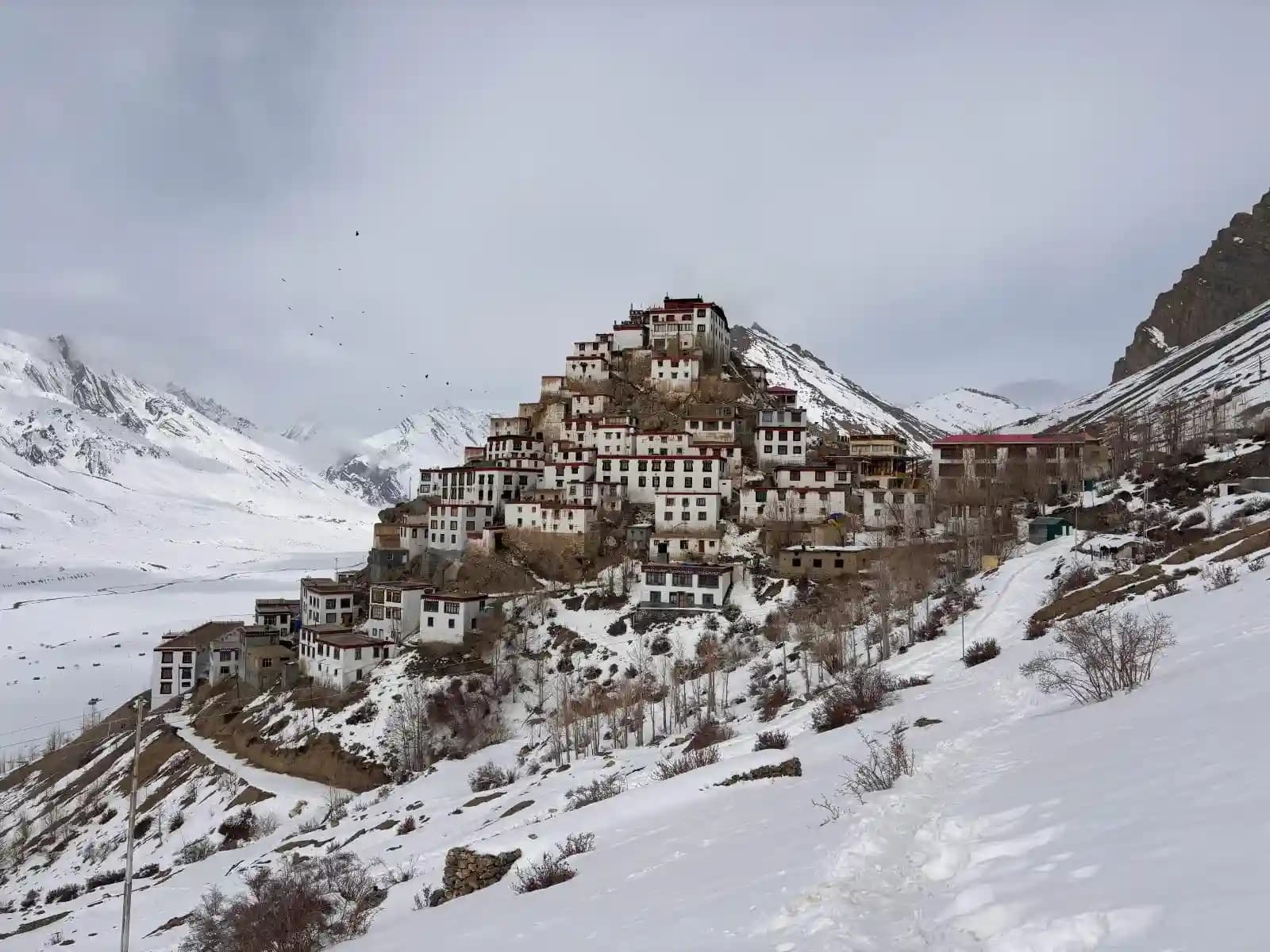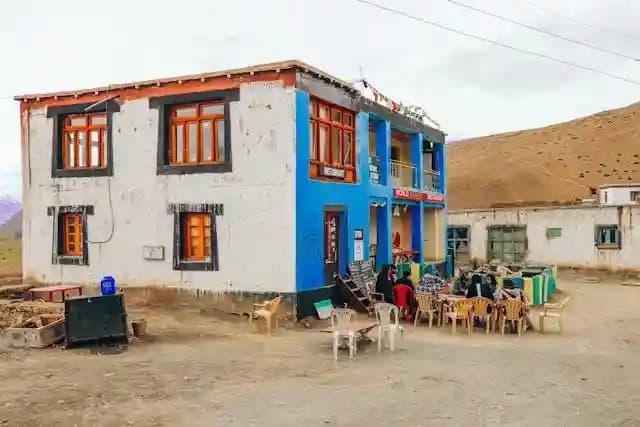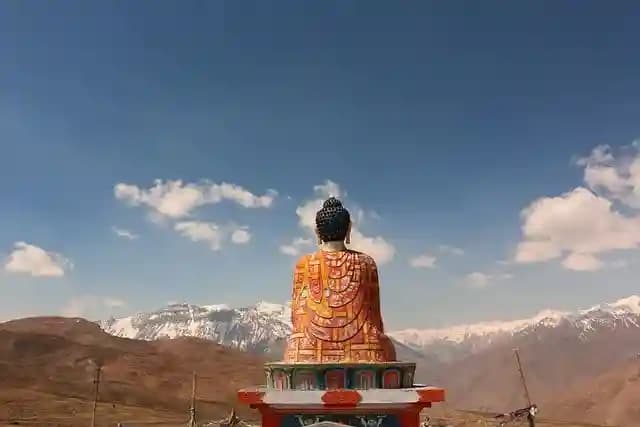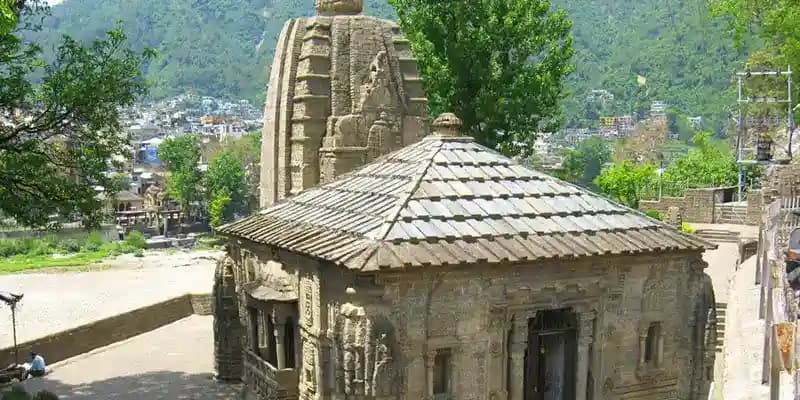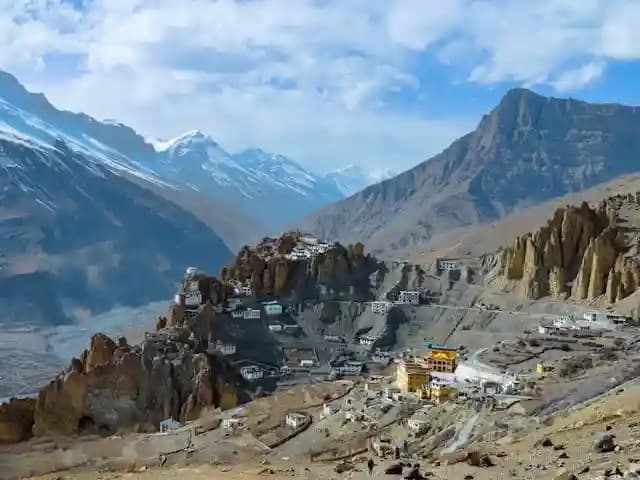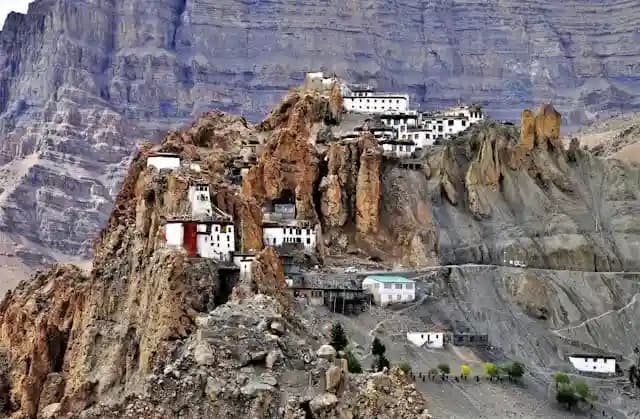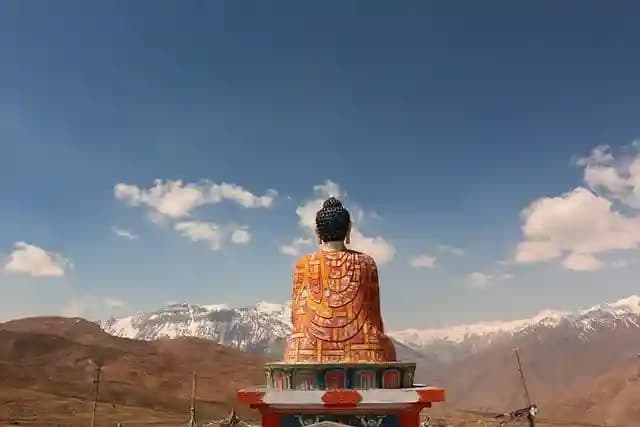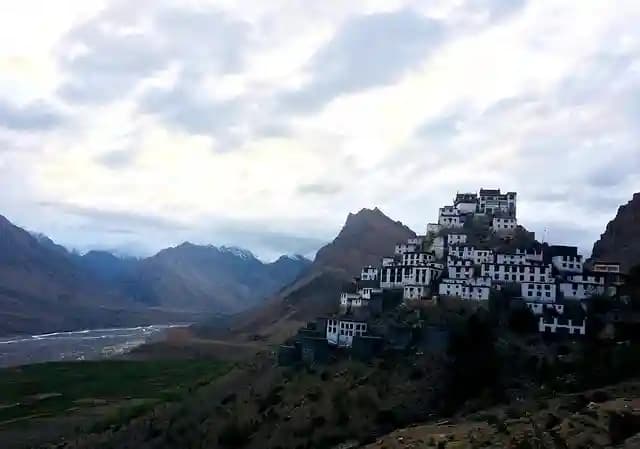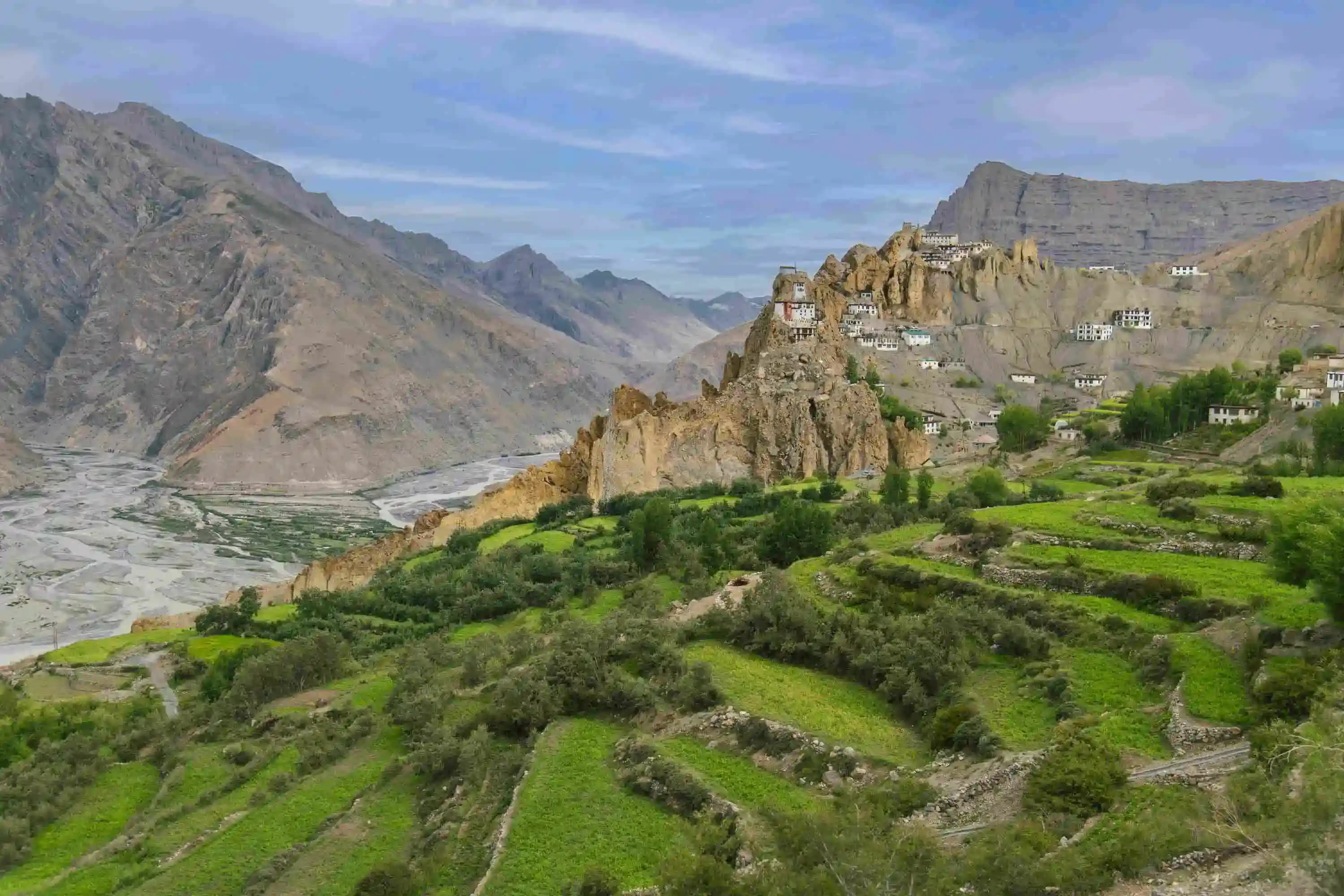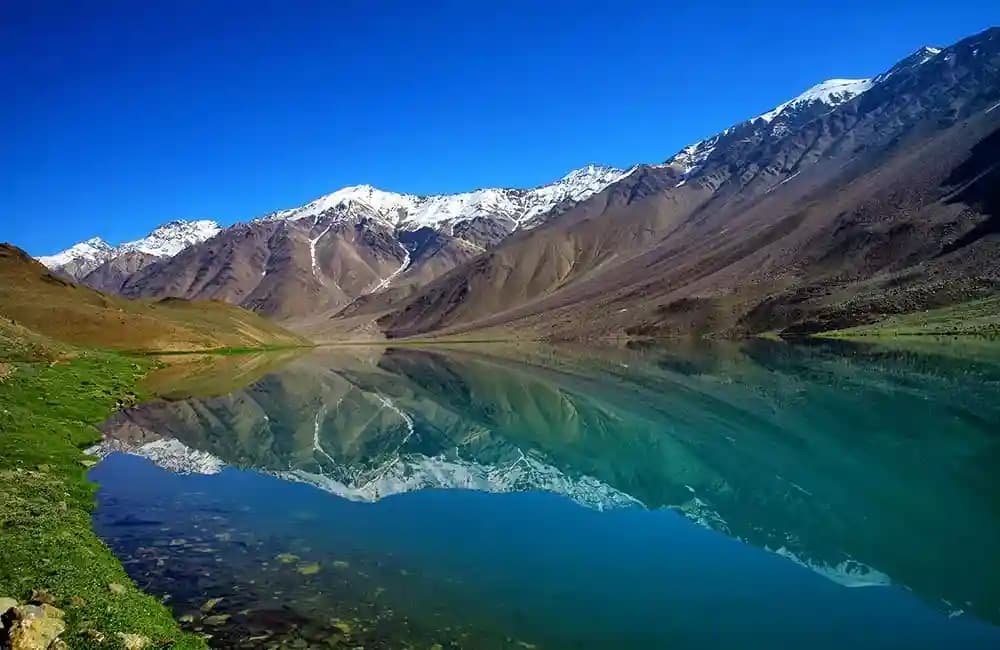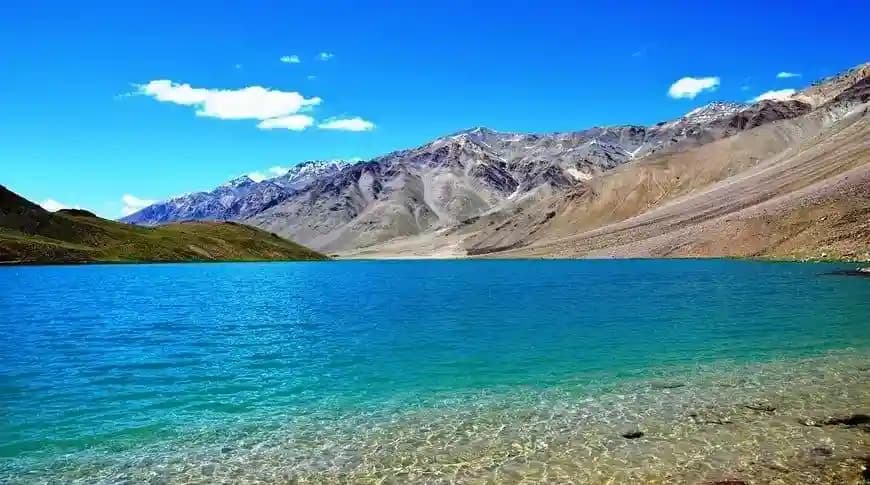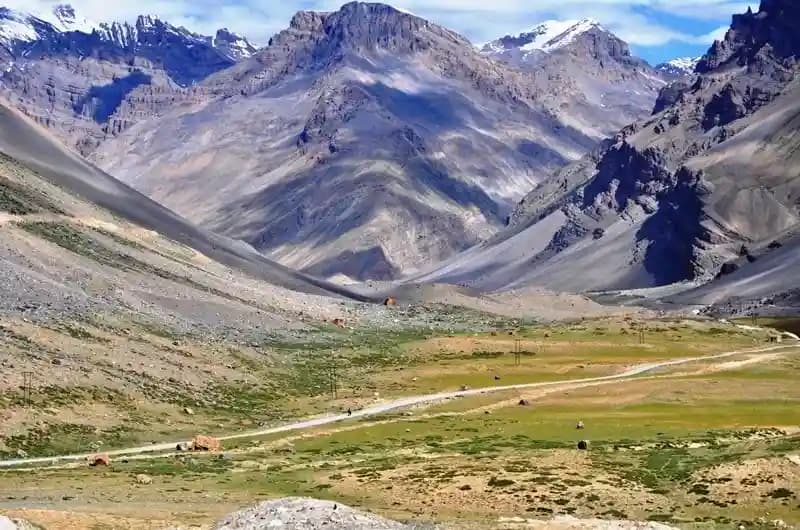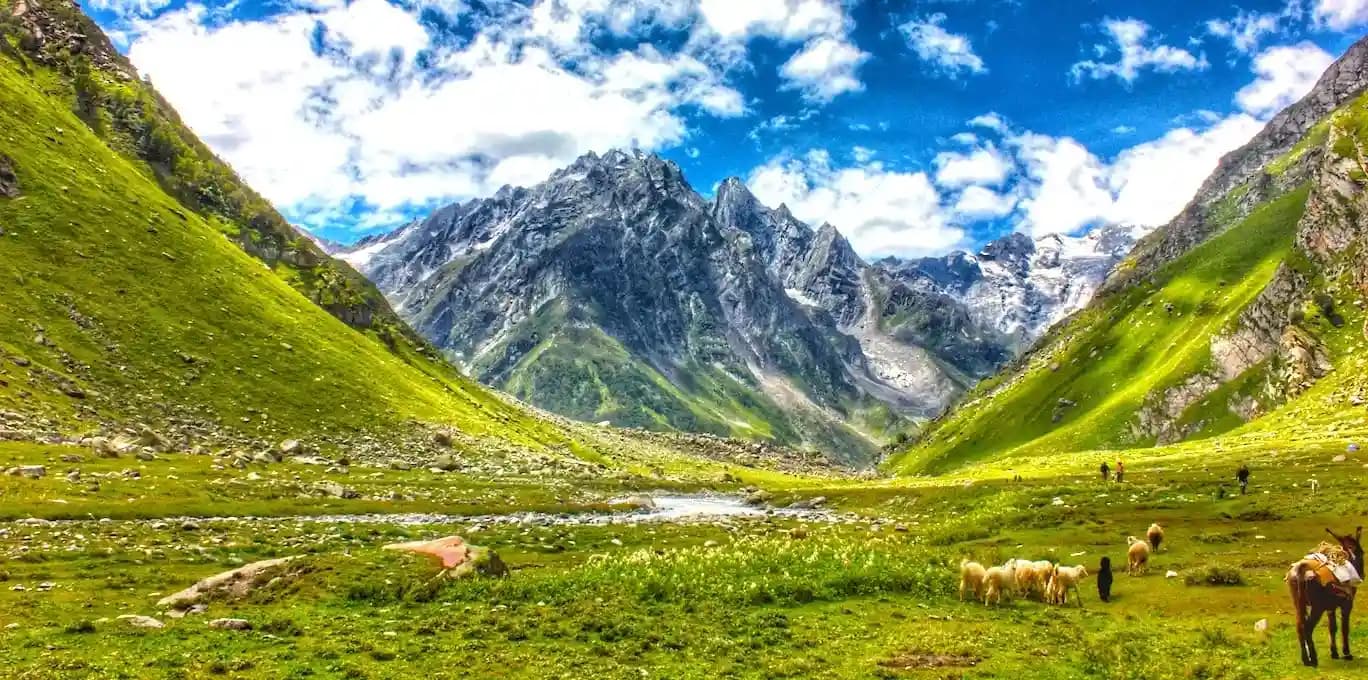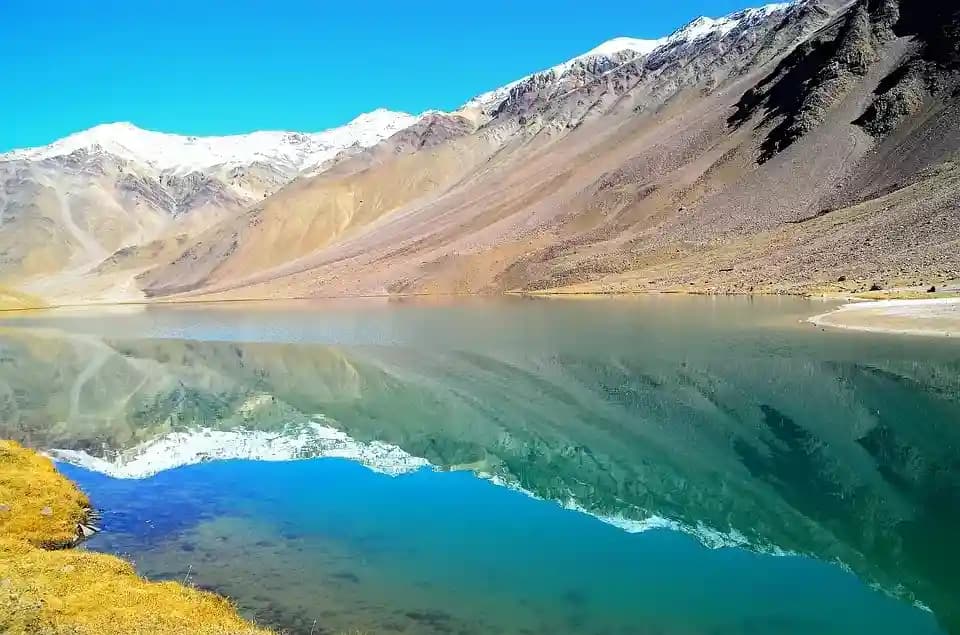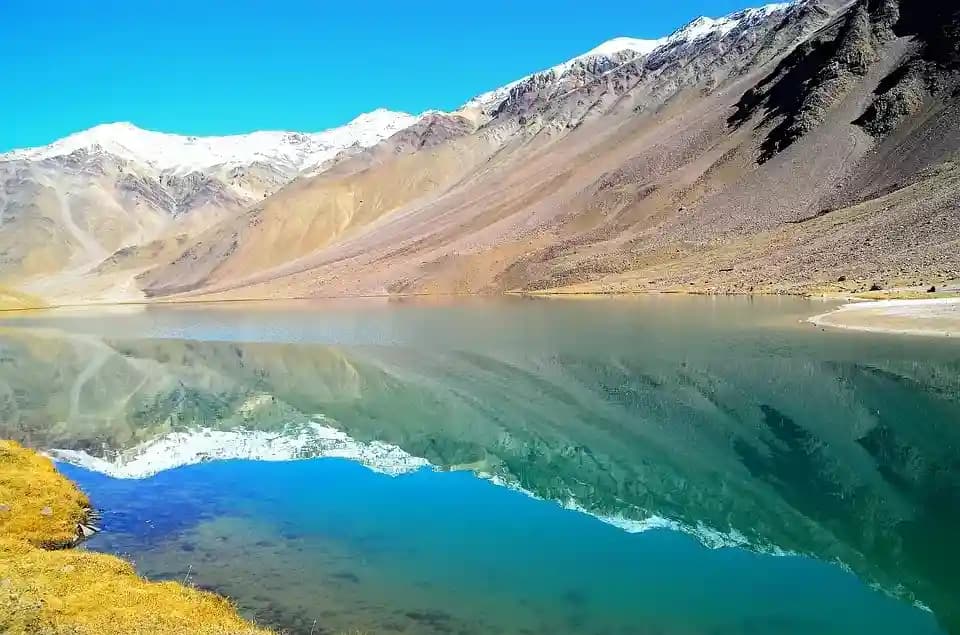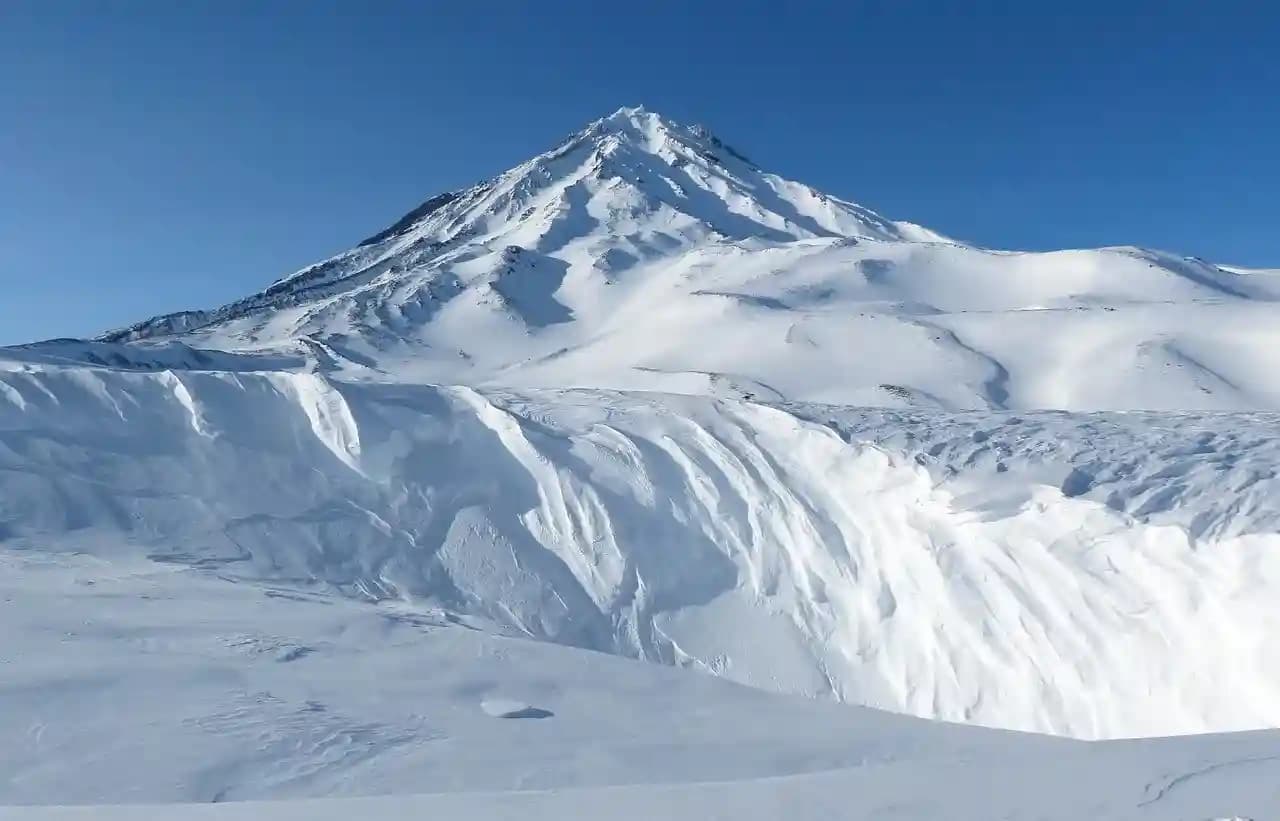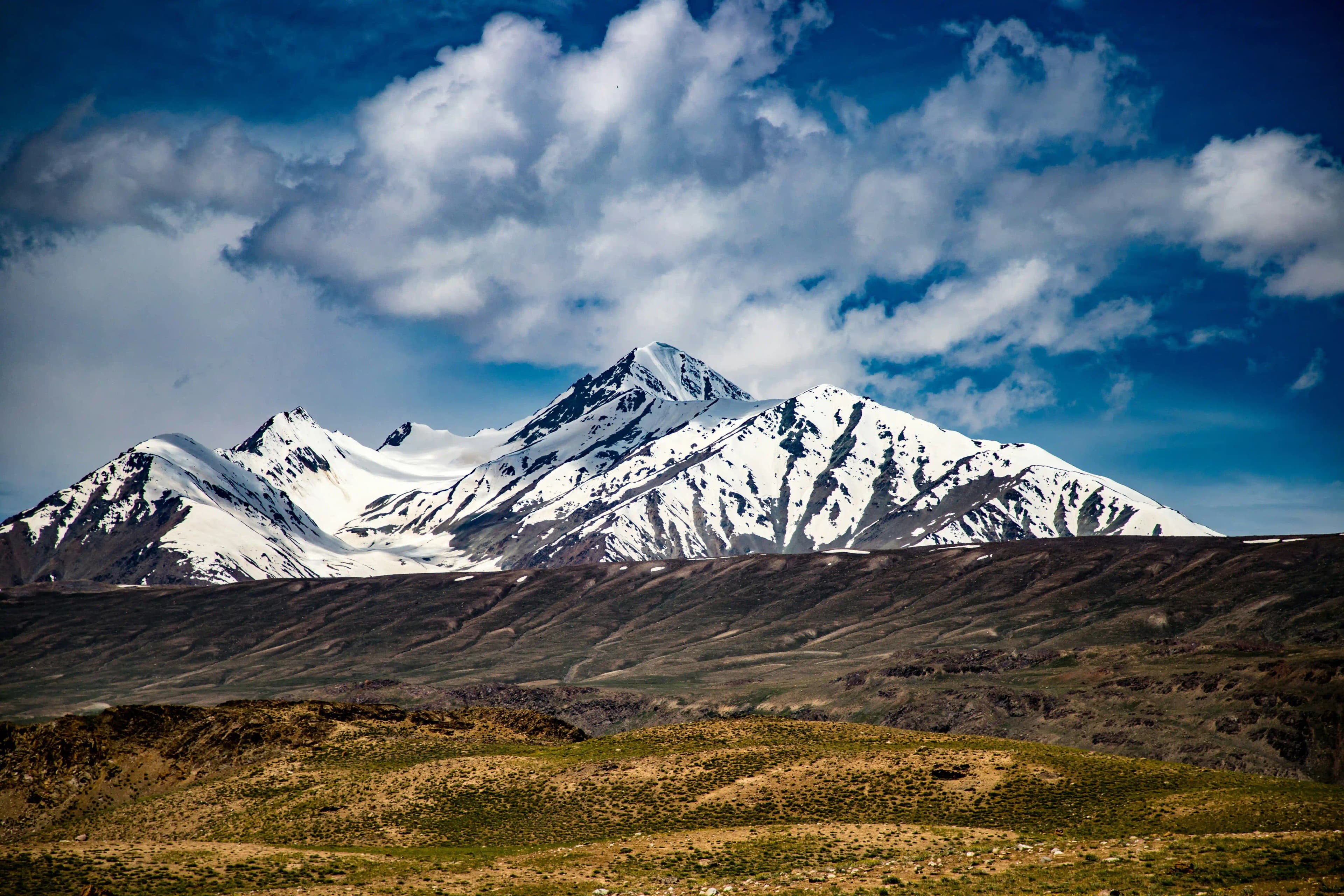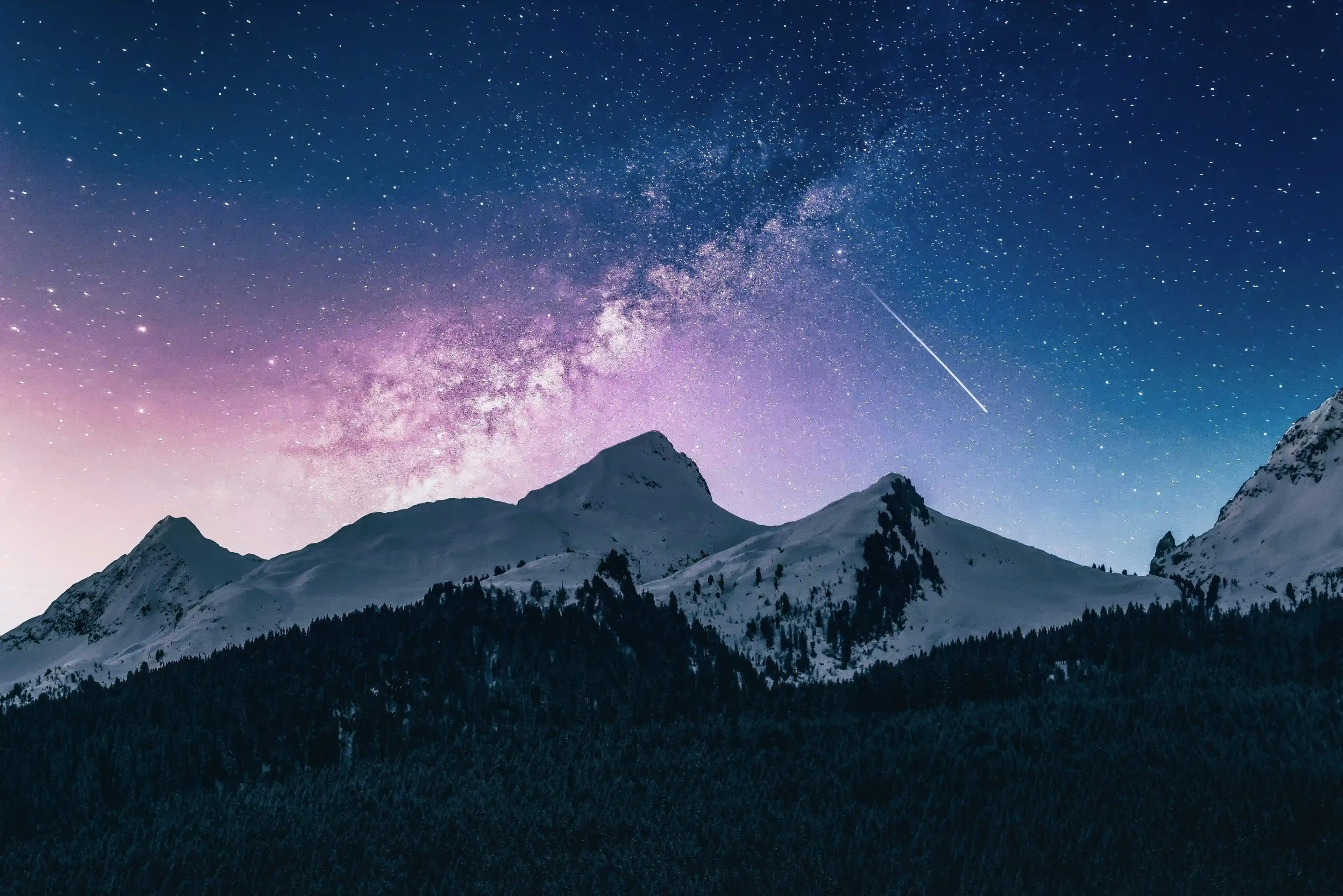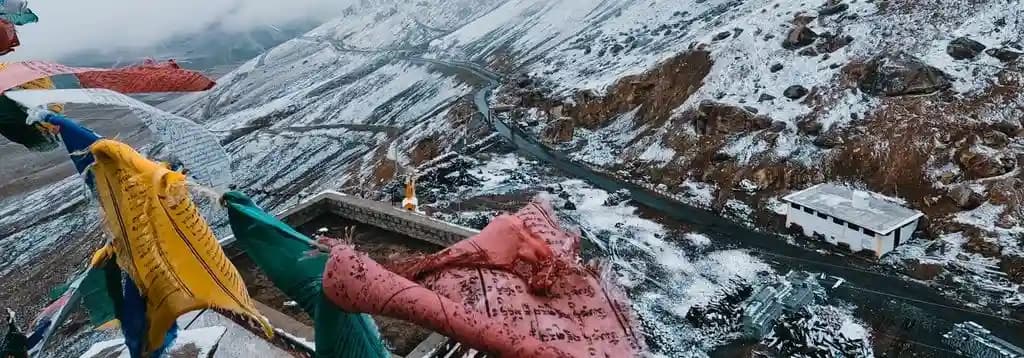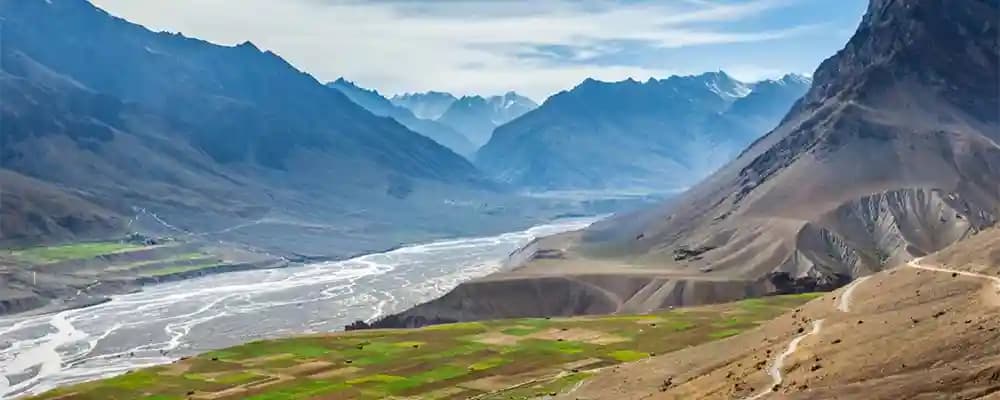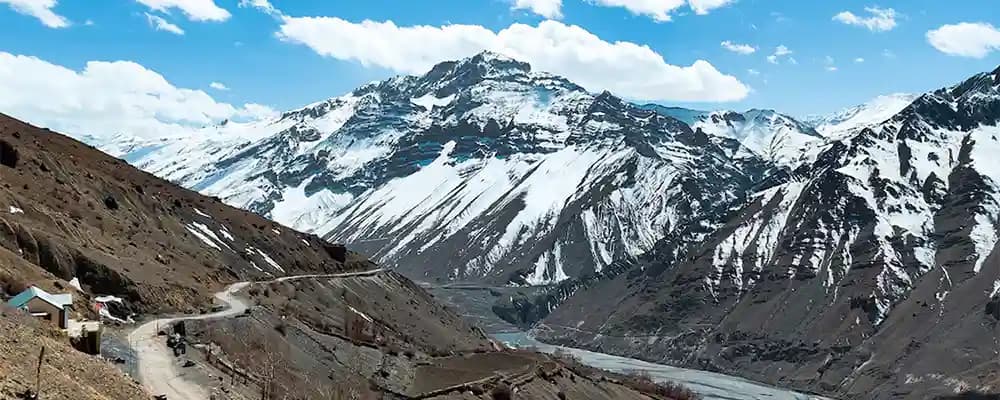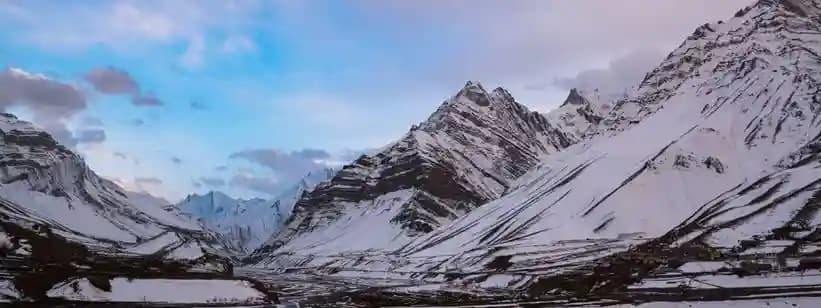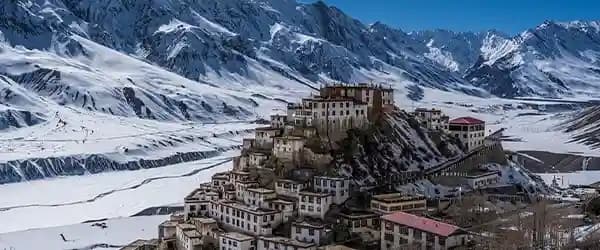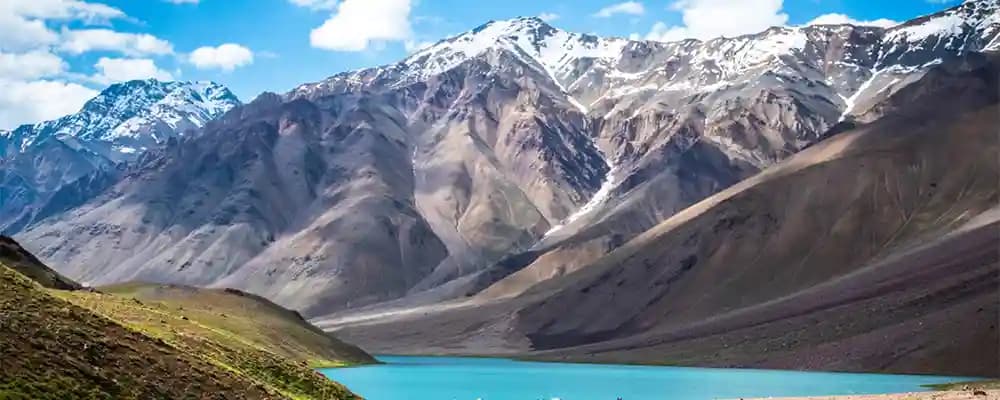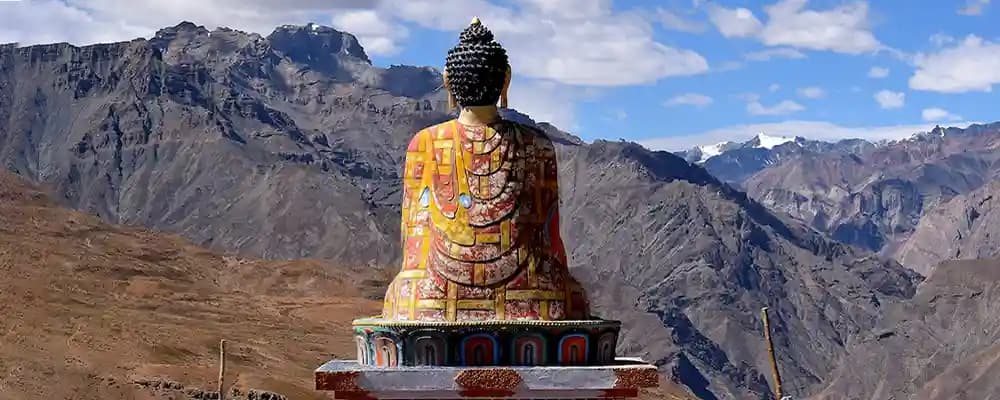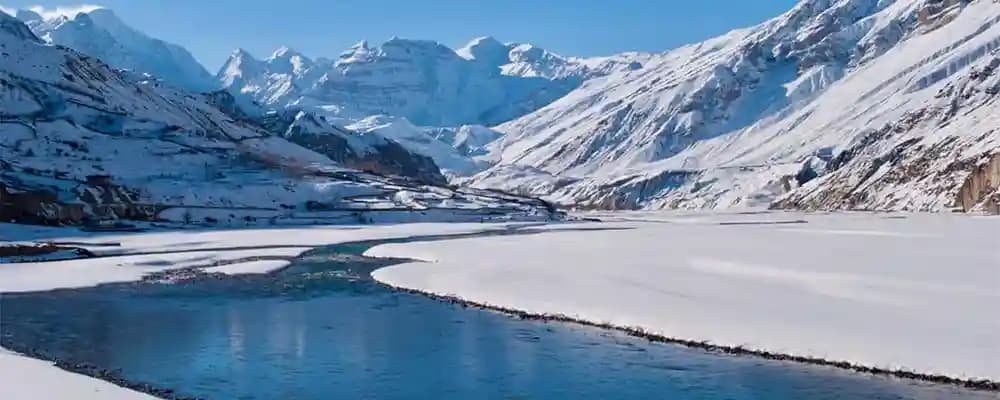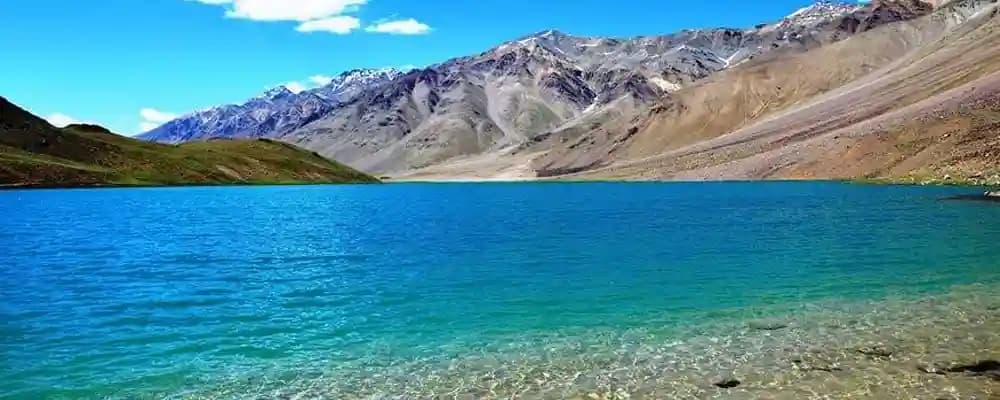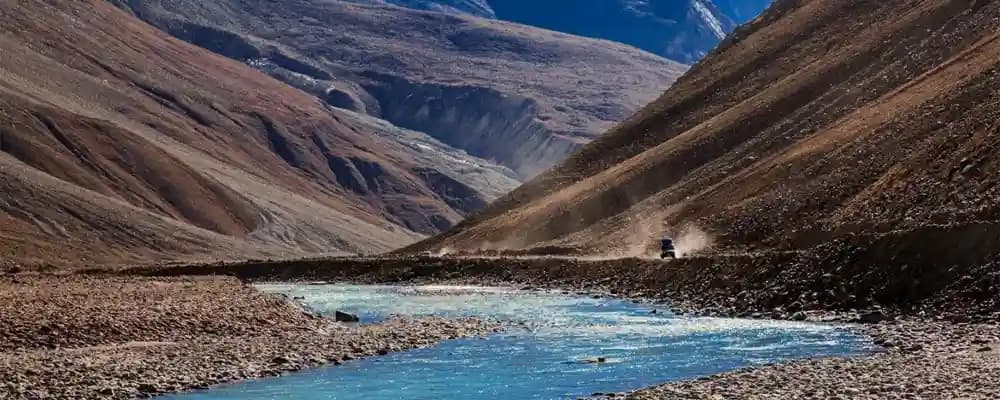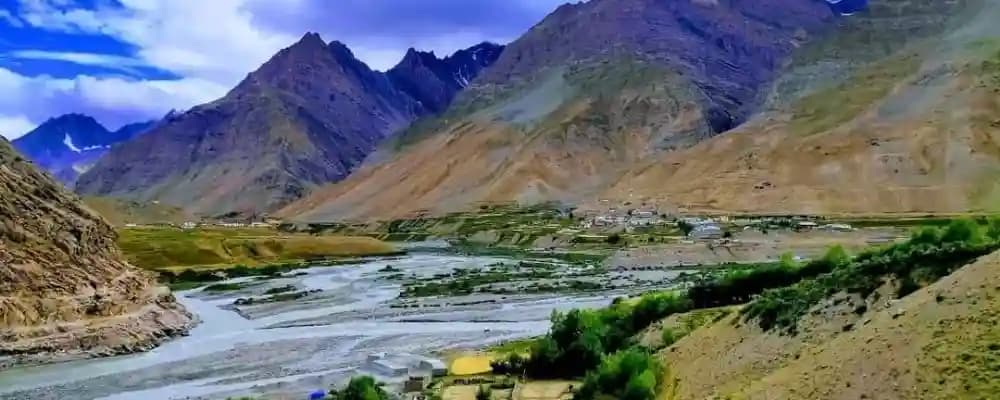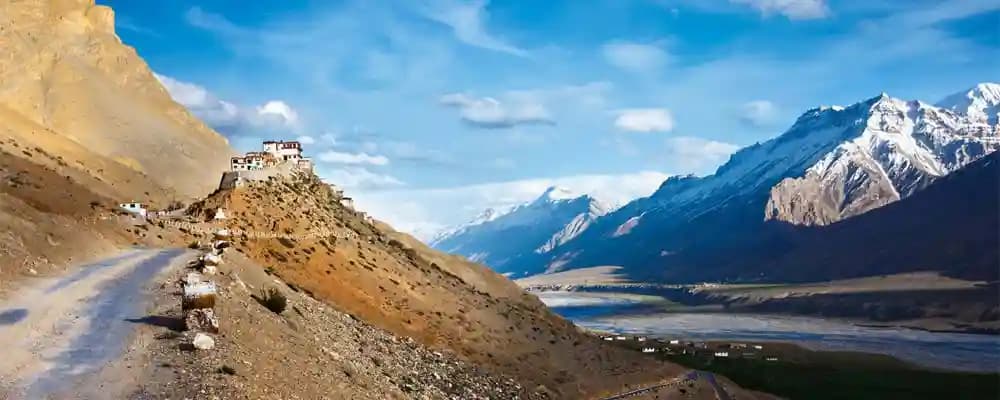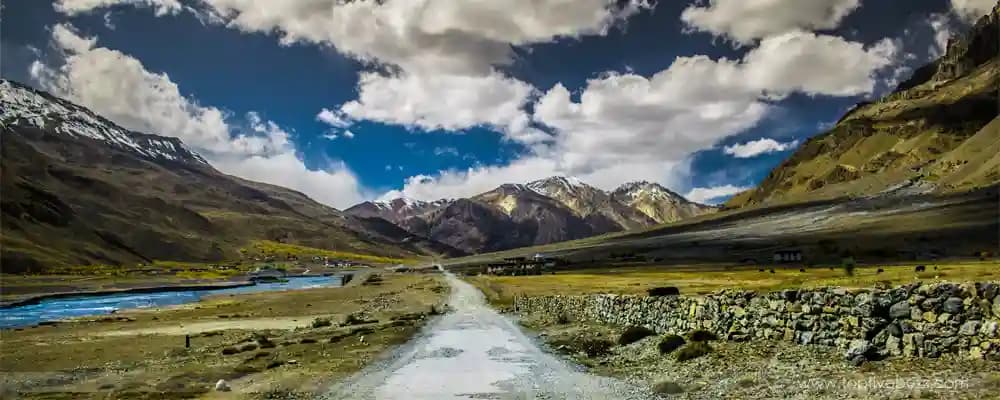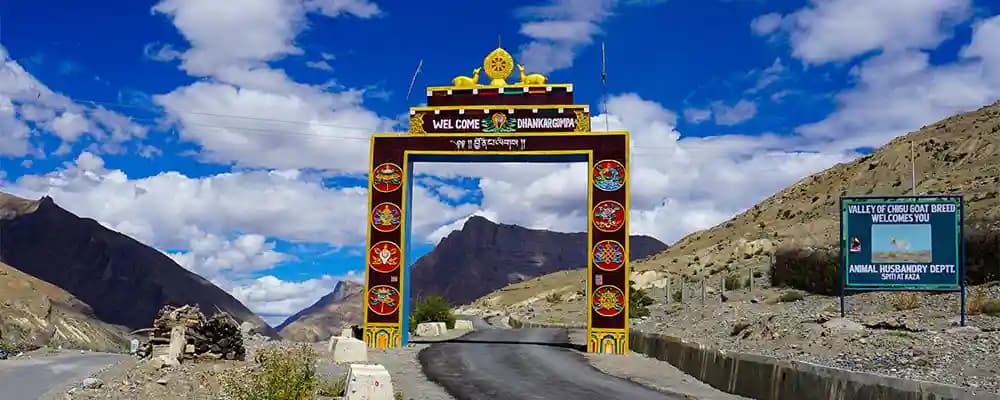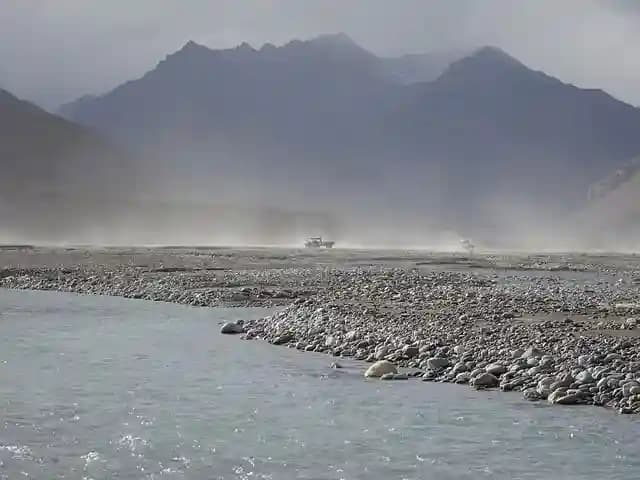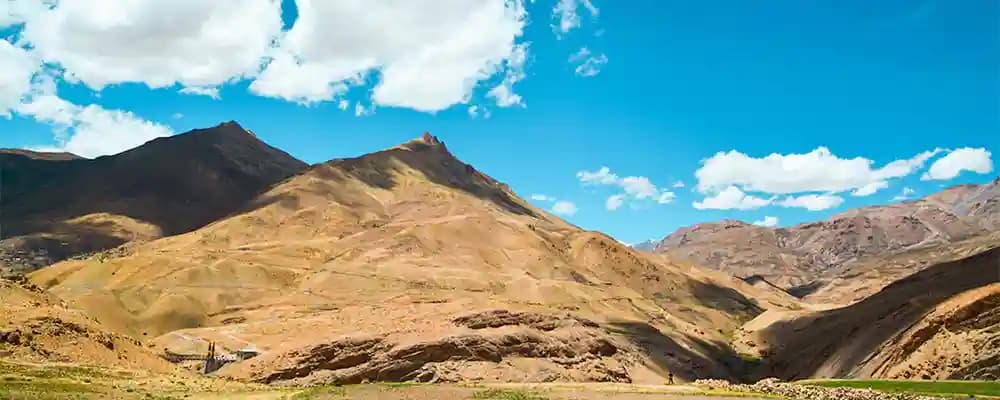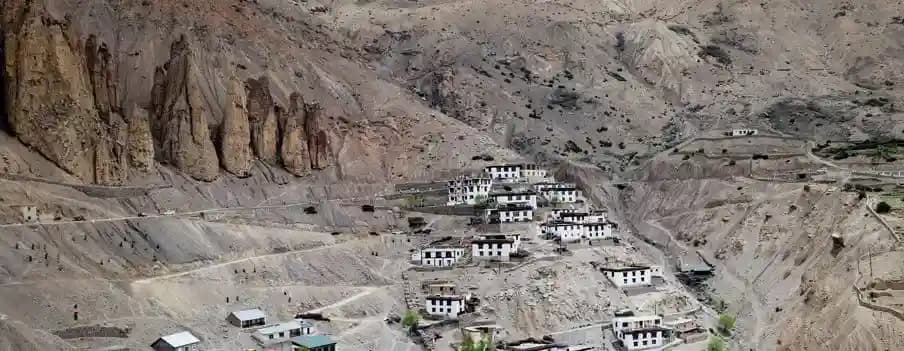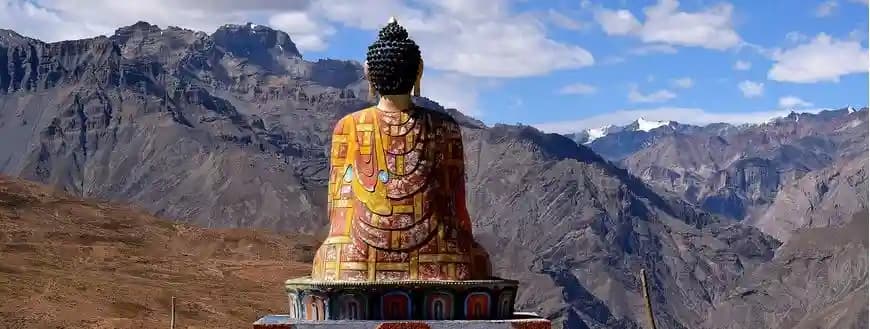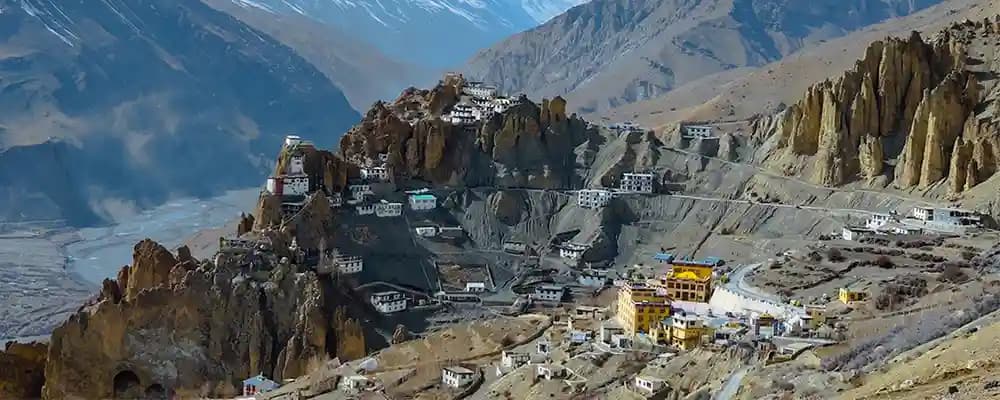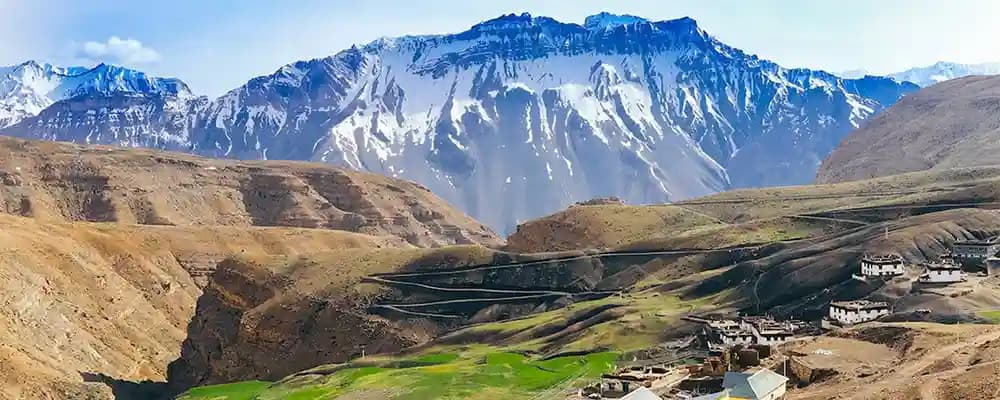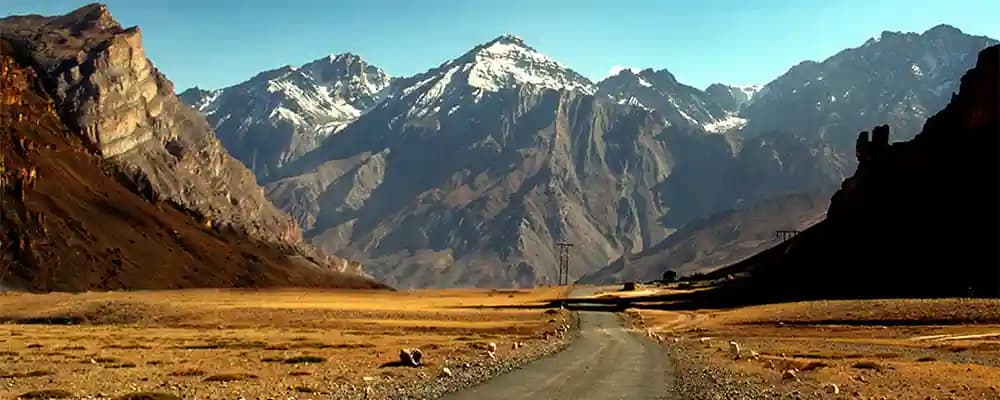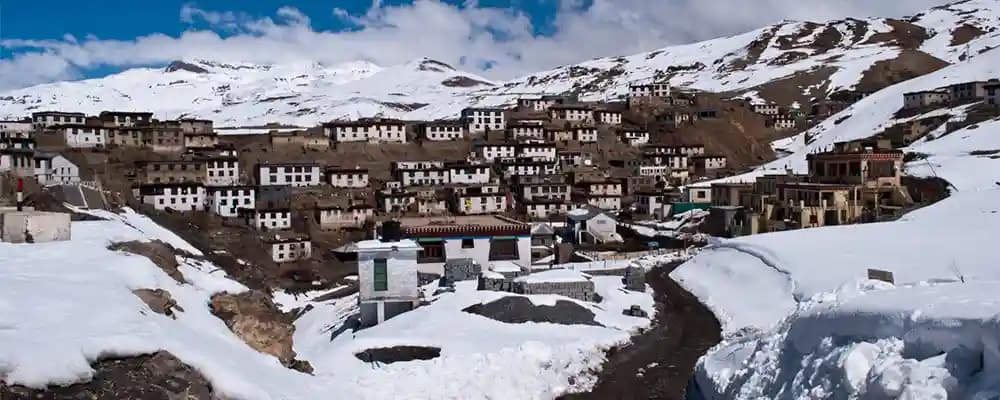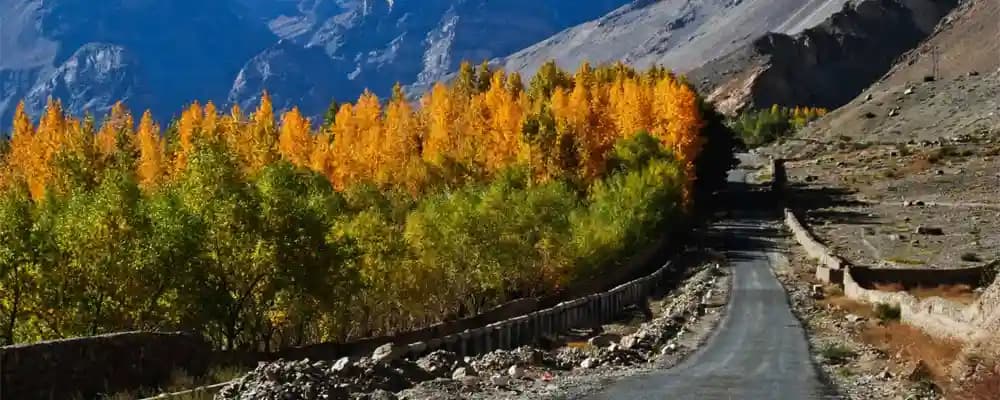Spiti Valley literally translates as "the land between majestic Tibet and magnificent India." This location oozes magic. There is everything you could possibly want in this place, from stunning scenery to an abundant cultural history! October, November, and December are prime times to explore Spiti Valley, which is set apart from Lahaul Valley by the towering Kunzum La at 4551 meters.
The Key Monastery standing above the whitewashed mud-brick cottages is really surreal! The Ki Monastery will discuss the physical yet transcendent nature of human industry. As life is round, you will once again be shocked into insignificance when traveling the rough and unpaved path to some of the world's highest Himalayan settlements. Travel to Lanza over one of the highest motorable roads in the world, then wobble down to the flowing Spiti River. Refresh your mind as you indulge the yaks. At Dhankar, have lunch with the rank and file at Demul and pay homage to the Tibetan regalia.
And this guide will provide you with brief inputs on the must-see gems, best time for your much awaited backpacking journey, and the perfect route you should choose to make your journey memorable as well as adventurous. Make your Spiti travel package the highlight of your backpacking adventures!
The Perfect time for your trip to Spiti Valley
Winter sports enthusiasts and winter lovers agree that January, February, and March are the best times to visit Spiti Valley. These months might be difficult, but they are also rewarding if you rise to the challenge. Traveling around the valley during the winter might be difficult as snowfall covers the roads and occasionally there are obstructions. Winter, however, is also the ideal season for adventure and winter sports fans to explore Spiti Valley. You can take part in ice skating, skiing, and ice fishing once you're in the valley.
Participating in the various festivals held in the area only during the winter months allows one to gain insight into the region's rich cultural legacy. Numerous cultural events are offered during the festivals, including music, traditional dances, and regional food.
Along with appreciating the local way of life and the beauty of Spiti in the winter, visitors should exercise caution and bring necessary items such as warm clothes, gloves, and warm shoes. In addition, visitors should bring enough water to stay hydrated, as the Spiti Valley is a common place for severe altitude sickness.
In summary, January, February, and March during the winter months are the greatest times to visit Spiti Valley since they are both rewarding and demanding. The frozen lakes, snow-capped mountains, and distinctive winter way of life of the people provide a window into the natural splendor and vibrant culture of Spiti Valley. But the best time to visit Spiti Valley is in the winter, when you can make the most of your journey and become used to the harsh cold.
Places to see in Spiti
Dhankar Lake
One of the most well-liked tourist destinations in Spiti Valley is the Dhankar, which is perched on a little hill at an amazing height of 4100 meters above sea level and features stunning turquoise waters. The lake is situated at the conclusion of the well-known Dhankar Lake trek, which is renowned for its difficult trails, stony mountains covered with snow, and incredible views. Both adventure seekers and photographers are attracted by the mystical nature of the journey.
Playing hide-and-seek on the route, the Dhankar Monastery, nestled between the Spiti and Pin rivers, gives a unique spiritual touch. And when you get to the lake, you'll be astounded by the unique and varied sights!
Key Monastery
There are twelve separate monasteries in Himachal Pradesh, but this magnificent one is the oldest and largest of them all. The Key Gompa, surrounded by beautiful valleys and striking mountains, is a must-visit tourist destination in Spiti Valley. a stunning example of monastery building, embellished with texts, wind instruments, paintings, and murals.
One of the top attractions in Himachal Pradesh is the Key Monastery, which is situated in the Spiti Valley by the striking Spiti River in India. The breathtaking Tibetan Buddhist Monastery, sometimes referred to as the Kye Gompa or Ki & Kee Monastery, is perched 4,166 meters above sea level on a scenic mountaintop. If you're prepared for a backpacking trip to spiti you shouldn't miss adding this place to your spiti valley tour package.
Chandratal Lake
The unparalleled elegance of Chandratal, positioned at an impressive 4200 meters above the sea level, must be experienced to be believed. This lake, a haven from the fast-paced city life, is gradually rising to the top of the Spiti Valley's tourist attractions list. The lake is an excellent location for Instagram-worthy photos, with its captivating backdrop of stunning mountains and meadows carpeted with vibrant wildflowers.
Often referred to as the trekker's heaven, Chandratal Lake is regarded as the most captivating lake located in the Himalayan Mountains. Perched on the Samudra Tapu plateau, adjacent to the Chandra river, is this alluring lake. Chandratal, which is 4300 meters above sea level, provides the best views of the Spiti.
Suraj Tal
Surrounded by serene valleys and stark, barren mountains, the Suraj Tal is a magnificent body of water, ranking third in India and 21st globally. It's a widely held notion that anyone who bathes in the lake's pure green waters gets cleansed of their sins.
You won't regret traveling to Suraj Tal, whether it's for spiritual purposes or just to take in the unmatched natural loveliness. A hideaway for enthusiastic hikers, the lake provides a place to get some shuteye after the demanding trek. This location is a great site for thrill-seeking mountain bikers and motorcyclists to stop over while traveling.
Kunzum Pass
Kunzum Pass, which connects the Lahaul and Spiti valleys at a height of 4,551 meters, is your high path to adventure. It provides an exhilarating ride among the snow-covered hills and valleys with 15 terrific hairpin bends. Here, the goddess Kunzum Devi's shrine watches over and blesses the travelers. For motorcyclists, hikers, and photographers looking for amazing vistas and exhilarating experiences, it is a paradise.
Bikers can relish the thrilling feeling of riding at high altitudes on this magnificent route, which is also a refuge for believers. This is the location of the Kunzum Devi temple, which offers visitors a calm space to ask for blessings for a safe voyage. In addition, bright prayer flags strung across the vicinity contribute to the ethereal ambiance of this lovely spot. Don't miss out on adding the Spiti Valley bike trip to your adventure bucket list!
How to Reach Spiti?
Depending on your starting place and manner of transportation, there are two main routes to Spiti Valley. Several well-known paths that lead to the valley include the following:
Via Shimla: The most well-traveled road to Spiti Valley departs from Shimla. Travelers can continue their journey to Spiti Valley by using the NH 5 & NH 505 after arriving in Shimla by rail or airplane.
Via Manali: Going through Manali is the second most well-liked way to get to Spiti Valley. Travelers can reach Kullu by train or air, and then proceed from Kullu to Spiti Valley via the Rohtang Pass, which goes directly to Spiti Valley from Manali.
Tips for Backpacking Trip to Spiti
1. Time is your essence: Spiti is not an everyday vacation spot - it's hidden up in the Himalayas and experiences harsh weather. Because of the comparatively cooler temperature, May through September is the safest time to visit. Plan beforehand because winters are extremely chilly and monsoons may make the roads dangerous! However, if you're up for an adventure - then the winter adventure awaits!
2. Prepare: Bring minimal yet smart gear. Sturdy hiking boots, warm clothes - yes, even in the summer—a dependable backpack, a first aid kit, and a water bottle are necessities. The sun may be very strong at high altitudes, so remember to use lip balm and sunscreen!
3. Altitude Adjustment: If you're unprepared, Spiti's high altitude might take a serious toll on you. The first several days should be spent relaxing and acclimating. Avoid drinking alcohol, stay hydrated, and pay attention to your body. It's acceptable to stop and give yourself time to acclimate if you're feeling lightheaded or queasy
4. Keep in Touch: Although Spiti provides a haven from the bustle of the city, it's a good idea to keep in touch, particularly in case of need. Keep a local SIM card and a fully charged power bank with you for connectivity. But accept the digital detox; do not expect flawless network coverage the entire time!
5. Show Respect for the Locals: The people of Split are kind and proud of their traditions and culture. Respect their way of life, get their permission before taking pictures, and interact with them in a kind manner. A little deed may have a big impact on building positive relationships.
6. Travel Slowly and Relish the Experience: Spiti is about taking in the peace and pure beauty of the surroundings, not about crossing things off a list. Take your time seeing charming towns, mingling with the people, and taking in the awe-inspiring old monasteries. Now that you're on mountain time, embrace the slow pace!
7. Accept Unpredictability: In Spiti, one should prepare for the unexpected. The expedition includes unexpected weather shifts, road closures, and landslides. Have a backup plan, be adaptable with your schedule, and most of all, welcome serendipity. Unplanned distractions may lead to some of the most memorable adventures!
8. Leave No Trace: Future generations must be able to enjoy Spiti's natural splendor. Travel responsibly by avoiding littering, properly disposing of your trash, and reducing the amount of damage you do to the environment. Take just memories, leave only footsteps.
9. Budget Wisely: While Spiti isn't as cheap as other Indian backpacking locations, it is still possible to make it work with careful planning. To save money, choose affordable guesthouses or homestays, eat in neighborhood dhabas, and split cab fares with other tourists.
10. Admire the Starlit Nights: Taking in the starry sky on a clear night is one of Spiti's most enchanting sights. When you're away from city lights, the Milky Way and many more stars shine brightly in the sky. Thus, remember to raise your gaze and take in the glories of the cosmos!
Conclusion
Folks, there you have it! Our journey through the heavenly region of Spiti finally came to its conclusion. It's been a trip full of amazing experiences, from gorgeous scenery to pleasant interactions with locals.
Let's pause to treasure the memories we've created and the knowledge we've picked up as we come to the end of our backpacking adventure. Whether it's enjoying the warmth of human connection or seeking comfort in the serenity of nature, Spiti has made a lasting impression on our hearts.
Let's leave this captivating Himalayan jewel behind and bring with us an appreciation for the natural beauty all around us as well as an adventurous attitude. Till the next time, keep traveling, discovering, and creating enduring experiences.
